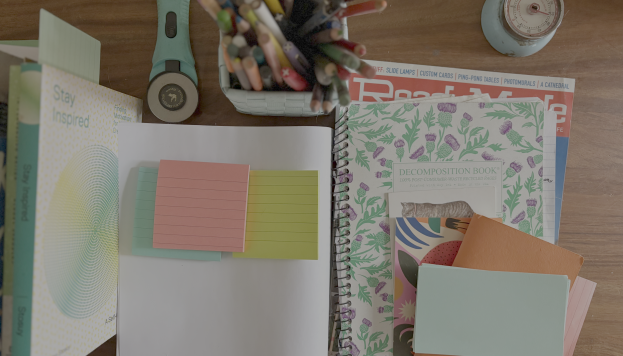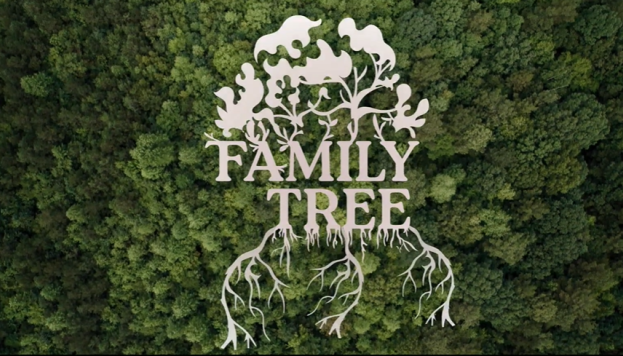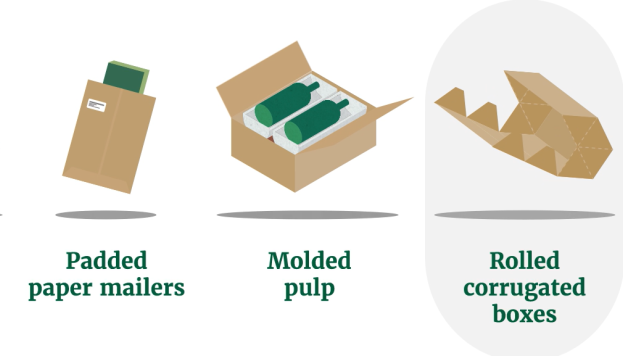Digital Escape: Why Magazines Are Experiencing a Surprise Renaissance
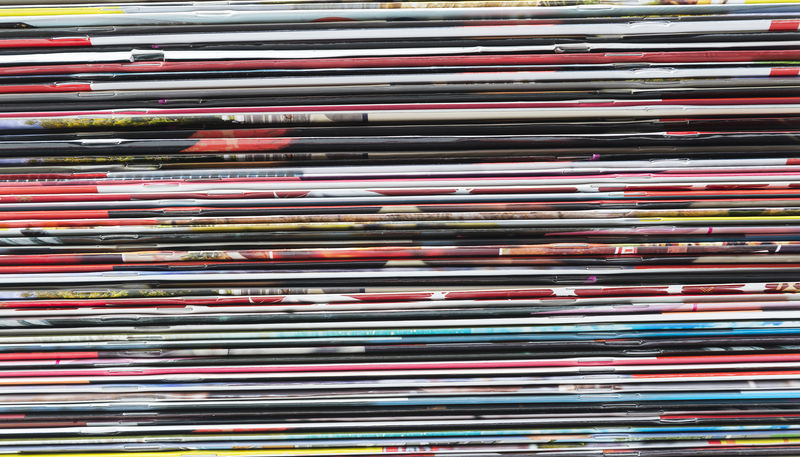
One of the surprises of this extraordinarily difficult year has been the relative strength and vitality of printed pieces of all kinds, especially print magazines. So we tracked down Samir Husni, a well-known magazine enthusiast to find out more. Actually, that’s an understatement. He’s professor and Hederman Lecturer at the University of Mississippi’s School of Journalism and New Media. He’s founder and director of the Magazine Innovation Center there. And he’s better known by his (trademarked!) nickname — “Mr. Magazine™”— than the one he was born with.
Dr. Husni is a magazine obsessive. So who better to ask about the latest and greatest in the world of print in 2021 and beyond? We did just that!
According to Professor Husni, “A good magazine is like a good friend that you invite over.” Unlike so much of what gets pushed in front of us digitally, print “does not come uninvited. You buy it on the newsstand. You are the one picking it up. You're subscribing to it. Unlike digital media, unlike a bombardment of ads.”
Digital media has its own advantages, of course. But we’re all too aware of some of its perils and drawbacks — from the lightspeed spread of disinformation to the potential for compromised privacy. When was the last time you tore a page from your phone?
According to Mr. Magazine, beware of the peril of repetitiveness.
The nice thing about a cute dog video “going viral” is that there’s a great chance you’ll see it, and have a laugh and an “Awww!” The bad thing about a cute cat video going viral is that there is a great chance you’ll see it a thousand times, as it appears in your Twitter feed, Instagram stories, Facebook wall, group text, and email listservs.
Not so with magazines, which are carefully curated to take readers on a journey, telling novel stories, in words and images, on each page. You won’t even see the same ad twice.
“There's no other platform in which the ad and the content are part of the same experience. If you look at the ads that you get on Facebook, or the ads that you get on Instagram… or other digital platforms, the ad has nothing to do with the content or the experience.”
Digital is a never-ending torrent. Print is a structured narrative, says Husni. “There’s a place to begin. There's a place to end. And everything in between you control. We thrive on the art of beginning and ending.
Those different digital and print experiences should enhance and reinforce each other.
“I'm looking for complementary information,” as Mr. Magazine puts it. A “three course meal.” “If digital is the appetizer the magazine is the main dish…The Instagram or the Tweet or the Facebook posting and the TikTok video [are] more like the desert.” And of course, “you can’t just live on dessert.”
Husni tells us subscriptions have increased between 25 to 30% during the pandemic. That’s helping to catalyze and lock in other recent innovations in the print world, like increasingly specialized — even bespoke — publications. There is a move away from mass-market, general interest magazines (think of TIME and LIFE) toward more niche, curated titles. There are even companies that will print a single issue of an old, out-of-circulation magazine — say, from the 1950s — and ship it to your door.
Digital print on demand titles also save publications money by letting them tailor their print runs to their audience size. “We don't need 18 million copies of the same magazine nowadays.” Instead, he says, “you can have 18 million different magazines.”
And the magazine itself — the physical object — is increasingly a high-end product.
“The quality of the printer, and the quality of the presentation…magazines are becoming more of like a collectors luxury item,” Husni says. With per issue prices approaching $10 in some cases, they’re moving from the disposable to the durable. “You cannot give me something disposable for $10. You have to give me something I'm going to keep.”
We’re well aware around these parts of the advantage physical media have over digital when it comes to information retention. But this trend focuses Husni on another advantage — the connection that comes from ownership. “Even millennials prefer ink on paper to an e-book if the price is the same,” he says. It gives them “that sense of ownership of the product.”
“Once you get the magazine, it's a permanent record. Nobody can hack it. Nobody can change the page. Nobody can change the picture. It's a permanent record that you can hold in your hands.”
Magazines are also more sustainable than actual digital devices.
“The paper industry plants more trees than it cuts down,” explains Husni. I can recycle a magazine!
Just don’t talk to Mr. Magazine about “content.”
“We are much more than just content providers. If we were in the business of content, frankly we would have been dead a long time ago.” Magazines “are experience makers” in his view. “We engage with our audiences. We create a conversation.”
